Home>Garden Essentials>What Does The Seed Drill Do
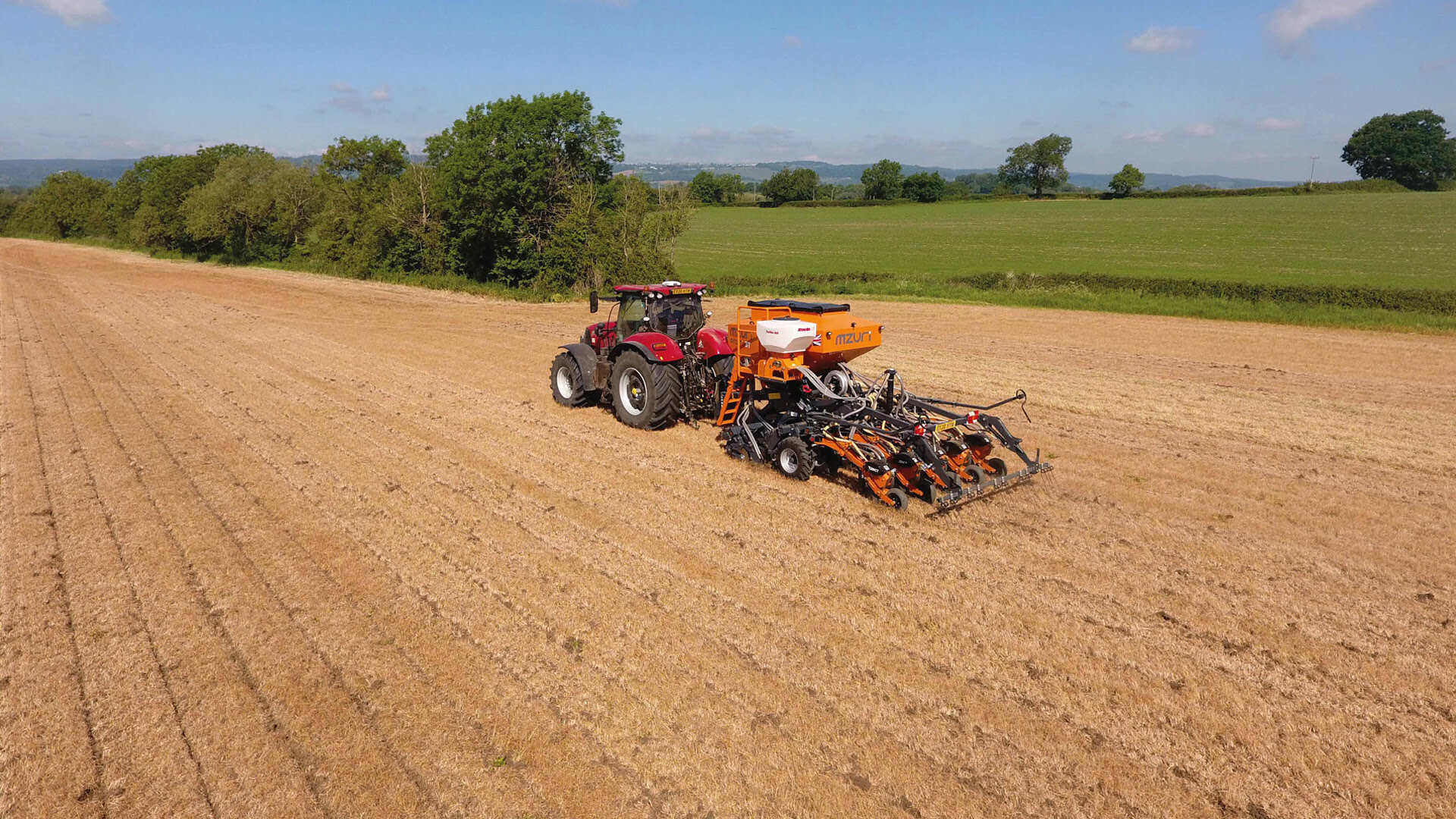

Garden Essentials
What Does The Seed Drill Do
Modified: March 15, 2024
Discover the benefits of using a garden seed drill to efficiently plant seeds in your garden. Increase productivity and save time with this essential gardening tool.
(Many of the links in this article redirect to a specific reviewed product. Your purchase of these products through affiliate links helps to generate commission for Storables.com, at no extra cost. Learn more)
Introduction
Welcome to the world of gardening! Whether you’re a seasoned gardener or just starting out, understanding the tools and techniques available to you can greatly improve your success in nurturing plants and crops. One essential tool that has revolutionized the way we sow seeds is the seed drill. In this article, we will explore the history of the seed drill, its functions, advantages, and disadvantages, as well as the modern advancements in seed drill technology.
When it comes to planting seeds, precision and efficiency are key factors in ensuring optimal growth and yield. The seed drill, also known as a seed planter, is a mechanical device used to plant seeds at a consistent depth and spacing, reducing the risk of overcrowding and allowing plants to grow evenly. This ingenious invention has been around for centuries, evolving through time to meet the needs of farmers and gardeners alike.
Before the advent of the seed drill, seeds were usually scattered by hand onto prepared soil, which resulted in uneven distribution and wastage. The introduction of the seed drill in the 17th century marked a significant milestone in agricultural history. It allowed for greater control over the sowing process and improved overall crop yield.
Key Takeaways:
- The seed drill is a cool invention that helps farmers plant seeds more precisely and efficiently, leading to healthier plants and higher crop yields. It’s like a magic wand for gardening!
- Modern seed drills are super high-tech, using GPS and computerized control to plant seeds with amazing accuracy. They’re like the superheroes of farming, making sure every seed gets the perfect spot to grow!
Read more: What Is The Seed Drill
History of the Seed Drill
The seed drill, as we know it today, can be traced back to the innovative work of Jethro Tull, an English agriculturist, in the 17th century. Tull’s creation revolutionized farming practices and laid the foundation for modern agricultural techniques.
Prior to Tull’s invention, seeds were sown by hand, which was a time-consuming and imprecise method. Tull recognized the need for a more efficient and systematic approach to planting seeds. He observed that the seeds needed to be placed at a consistent depth in the soil to ensure proper germination and growth.
In 1701, Tull patented his seed drill, a mechanical device with a series of hoppers that held the seeds. The seeds were then released through tubes into furrows created by the drill. The depth of the seed placement could be adjusted, allowing for greater control over the sowing process.
Tull’s seed drill was a game-changer in the agricultural industry. It significantly reduced labor requirements and increased the efficiency of seed planting. Farmers could cover larger areas in less time, resulting in higher crop yields. The consistent spacing provided by the seed drill also facilitated the use of mechanized harvesting techniques.
Over the years, Tull’s design underwent various improvements and adaptations. Other inventors and agriculturalists contributed to the development of seed drill technology, refining its design and functionality. These advancements led to the creation of seed drills that could be pulled by animals or attached to tractors, further increasing productivity and ease of use.
The introduction of the seed drill not only transformed farming practices but also played a crucial role in the agricultural revolution. This technological innovation paved the way for modern farming techniques that continue to be used today.
Function of the Seed Drill
The primary function of a seed drill is to precisely sow seeds at a consistent depth and spacing, ensuring optimal germination and growth of plants. Let’s take a closer look at how this mechanical device accomplishes this important task.
A seed drill consists of several key components that work together to achieve efficient seed placement:
- Hopper: The hopper is a compartment that holds the seeds. It can be filled with a specific type of seed, allowing for different crops to be planted simultaneously.
- Seed metering system: The seed metering system regulates the flow of seeds from the hopper to the seed tubes. It ensures that an appropriate amount of seeds is released for each planting unit.
- Seed tubes: The seed tubes are narrow channels through which the seeds travel from the hopper to the ground. These tubes are positioned at equal intervals to achieve consistent spacing between seeds.
- Coulter: The coulter is a sharp blade or disc that creates a furrow in the soil for the seeds to be placed in. It can be adjusted to control the depth of the furrow, allowing for precise seed placement.
- Pack wheels: The pack wheels follow the seed drill and help firm the soil around the planted seeds, ensuring good seed-to-soil contact for optimal germination.
The seed drill is typically pulled by a tractor or powered by animals, enabling efficient seed planting over large areas. As the machine moves forward, the seed metering system releases the seeds into the seed tubes, which drop them into the furrows created by the coulter. The pack wheels then lightly press down on the soil to ensure proper seed-to-soil contact.
The function of the seed drill extends beyond simply sowing seeds. It also helps reduce issues such as seed wastage, uneven spacing, and overcrowding, which can negatively impact plant growth and yield. By providing a controlled and uniform distribution of seeds, the seed drill promotes consistent plant development and ensures better utilization of resources.
Overall, the function of a seed drill is to streamline the seed planting process, making it more efficient, precise, and productive. This valuable tool continues to be an essential part of modern agricultural practices, contributing to the success of farmers and gardeners worldwide.
Advantages of Using a Seed Drill
The use of a seed drill offers several advantages that contribute to more successful and efficient seed planting. Let’s explore some of these key benefits:
- Precise seed placement: One of the greatest advantages of using a seed drill is the ability to sow seeds at a precise depth and spacing. This ensures optimal germination and reduces competition among plants, promoting healthier growth and higher crop yields.
- Time and labor savings: Compared to manual seed sowing, using a seed drill saves significant time and reduces the need for extensive labor. The machine’s mechanized operation allows farmers and gardeners to cover larger areas in less time, increasing overall productivity and efficiency.
- Uniform seed distribution: The seed drill provides an even distribution of seeds, eliminating the risk of overcrowding or clumps of seeds in certain areas. This promotes uniform plant growth and reduces the need for thinning or transplanting seedlings.
- Conservation of seeds: With a seed drill, seeds are properly placed in the furrows, reducing wastage and ensuring more efficient use of seeds. This is particularly beneficial for expensive or rare seeds, helping to reduce costs and maximize their value.
- Improved soil management: The use of a seed drill allows for precise seed placement, which can help optimize soil moisture retention and nutrient absorption. The consistent depth and spacing provided by the seed drill promote a healthier root system and overall soil health, leading to better plant growth.
- Reduced weed competition: By precisely positioning seeds in the soil, the seed drill helps to create a favorable growing environment for crops, minimizing weed competition. The uniform spacing between the seeds leaves fewer gaps for weeds to establish, making weed control more manageable.
- Greater control over planting: Seed drills allow farmers and gardeners to have more control over their planting operations. They can adjust the depth of seed placement, planting rates, and spacing according to the specific requirements of different crops, varieties, and soil conditions.
The advantages offered by the seed drill make it an invaluable tool for enhancing the efficiency and success of seed planting. Whether in large-scale farming operations or small backyard gardens, the use of a seed drill helps to optimize resources, improve crop quality, and ultimately increase overall productivity.
The seed drill is a farming tool that plants seeds at a consistent depth and spacing, which helps improve crop yields. It also reduces the amount of seed wasted compared to hand planting.
Disadvantages of Using a Seed Drill
While the seed drill offers numerous benefits in seed planting, there are also some disadvantages that should be considered. Here are a few potential drawbacks of using a seed drill:
- Initial cost: Investing in a seed drill can be costly, especially for small-scale farmers or gardeners with limited budgets. The upfront expense may deter some individuals from acquiring this machinery.
- Require maintenance and repair: Like any mechanical equipment, seed drills require regular maintenance to ensure optimal functioning. This includes lubricating moving parts, replacing worn-out components, and performing adjustments as needed. Repairs and maintenance costs can add up over time.
- Dependence on external power: Seed drills often require external power sources, such as tractors or animal traction, to operate efficiently. This dependency on external power can limit usability in areas with limited access to mechanized equipment.
- Less suitable for small or irregular-shaped fields: Seed drills are most efficient on large, flat fields with uniform dimensions. In small or irregular-shaped fields, maneuvering the seed drill and maintaining consistent seed spacing can be more challenging.
- Limited adaptability to various seed sizes and types: Some seed drills may have limitations in accommodating very small or irregularly shaped seeds, as the mechanisms and settings are often designed for conventional seed sizes. Special care and adjustments may be required to handle different seed types effectively.
- Not ideal for certain soil conditions: In extremely rocky or compacted soils, the coulter or seed placement mechanism of the seed drill may struggle to create proper furrows and achieve adequate seed-to-soil contact. Additional soil preparation may be necessary in such conditions.
- Can create uniformity in plant growth: While the uniform seed placement provided by seed drills is generally advantageous, it can also result in uniform growth patterns. This uniformity makes crops more susceptible to pests, diseases, and environmental stressors, as well as reducing genetic diversity within the field.
It is important to consider these disadvantages in relation to the specific needs and conditions of your farming or gardening operation. While the downsides of using a seed drill may exist, the overall benefits usually outweigh these drawbacks in terms of efficiency, productivity, and improved crop quality.
Read more: How Do Seed Drills Work
Modern Seed Drill Technology
As agricultural technology continues to advance, so does the evolution of seed drill technology. Modern seed drills have incorporated various advancements to further enhance efficiency, precision, and ease of use. Let’s explore some of the key features and innovations in modern seed drill technology.
- Precision planting: Modern seed drills utilize advanced seed metering systems that allow for precise seed placement. Seeds can be planted at specific depths and at consistent spacing, ensuring optimal germination and reducing competition among plants.
- Variable rate technology: Some seed drills now feature variable rate technology, which allows for the precise application of seeds based on specific soil conditions or field requirements. This technology enables farmers to optimize seed placement and distribution, further increasing overall crop performance.
- GPS and computerized control: Many modern seed drills are equipped with GPS and computerized control systems. These systems enable precision planting by guiding the seed drill through the field with high accuracy. They also provide real-time monitoring and data logging capabilities, allowing farmers to track planting operations and analyze performance metrics.
- Sectional control: To maximize efficiency and minimize overlapping, modern seed drills often include sectional control capabilities. This feature allows the drill to automatically shut off or adjust the seeding mechanism in areas that have already been planted, reducing seed wastage and optimizing coverage.
- Seed monitoring sensors: Some seed drills incorporate sensors that monitor seed flow and distribution. These sensors can detect blockages or inconsistencies in seed placement, alerting the operator to take corrective action and ensure even seed distribution across the field.
- Integrated fertilizer application: Many modern seed drills also have the capability to apply fertilizers simultaneously during seed planting. This integrated approach reduces the need for separate operations and enhances nutrient availability to the growing plants.
- Improved residue management: Residue management has become a focus in modern seed drill design. The ability to handle and plant seeds effectively in fields with high levels of crop residues, such as crop stubble or cover crops, helps maintain good seed-to-soil contact and promotes successful germination.
These advancements in modern seed drill technology enable farmers and gardeners to achieve higher levels of precision, efficiency, and productivity in seed planting. The integration of GPS, computerized control, variable rate technology, and advanced sensors has revolutionized the way seeds are sown, providing valuable insights and capabilities for optimizing crop production.
It is important to note that the availability and range of features in modern seed drills may vary, depending on the manufacturer, model, and specific farming needs. Consulting with agricultural experts or equipment providers can help determine the most suitable seed drill technology for a particular farming operation.
Conclusion
The seed drill has undoubtedly revolutionized the way we plant seeds, offering numerous benefits to farmers and gardeners worldwide. From its humble beginnings in the 17th century to the modern advancements we see today, this ingenious device has greatly improved efficiency, precision, and productivity in seed planting.
By allowing for precise seed placement, consistent seed spacing, and reduced competition among plants, seed drills promote optimal germination and plant growth. The time and labor savings offered by these machines have made large-scale planting operations more manageable and efficient.
Despite some potential drawbacks, such as initial costs, the need for maintenance, and limitations in certain soil conditions, the advantages of using a seed drill generally outweigh the disadvantages. The ability to achieve uniform seed distribution, conserve seeds, and improve soil management contribute to higher crop yields and better overall farming practices.
Modern seed drill technology has further propelled the efficiency and precision of seed planting. Features such as precision planting, variable rate technology, GPS and computerized control, and integrated fertilizer application have revolutionized the industry, allowing farmers to maximize productivity and make data-driven decisions.
As we continue to innovate in agriculture, it is crucial to embrace advancements in seed drill technology. Farmers and gardeners can benefit from consulting with agricultural experts, exploring the latest models, and selecting the seed drills that best suit their specific needs and farming practices.
In conclusion, the seed drill is an invaluable tool that has transformed the way we sow seeds. Its role in optimizing crop growth and increasing agricultural efficiency cannot be overstated. With its precise and efficient seed placement capabilities, the seed drill continues to play a vital role in modern farming, contributing to sustainable food production and the success of farming operations around the globe.
Frequently Asked Questions about What Does The Seed Drill Do
Was this page helpful?
At Storables.com, we guarantee accurate and reliable information. Our content, validated by Expert Board Contributors, is crafted following stringent Editorial Policies. We're committed to providing you with well-researched, expert-backed insights for all your informational needs.
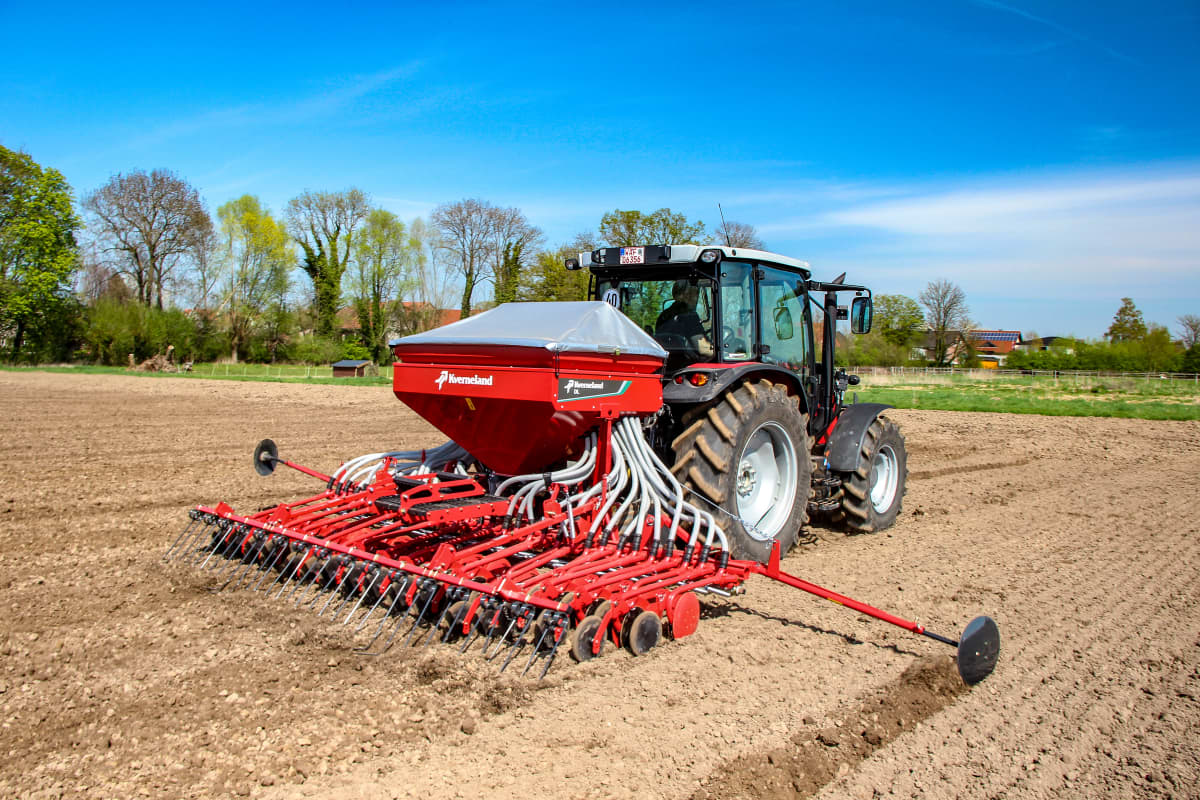
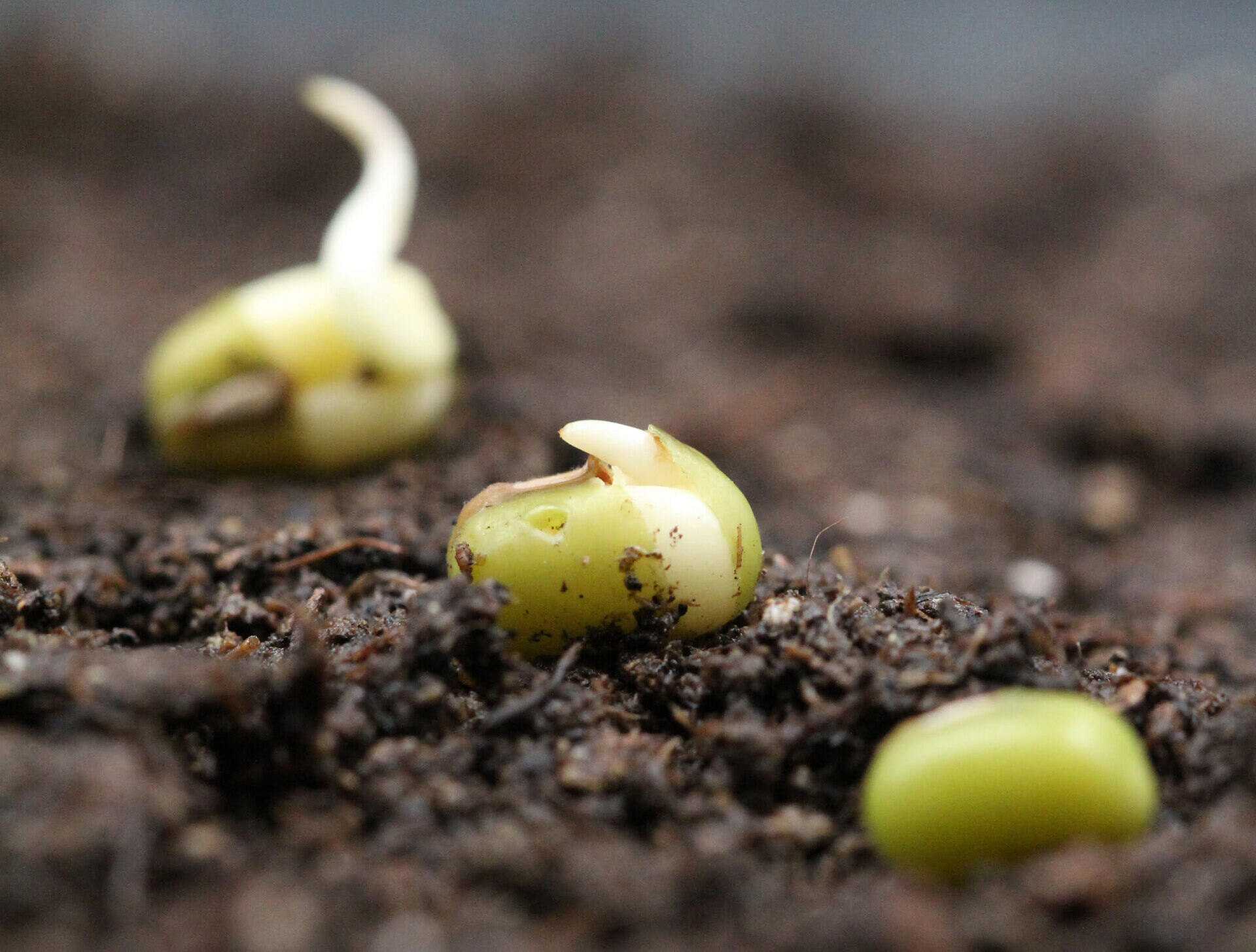
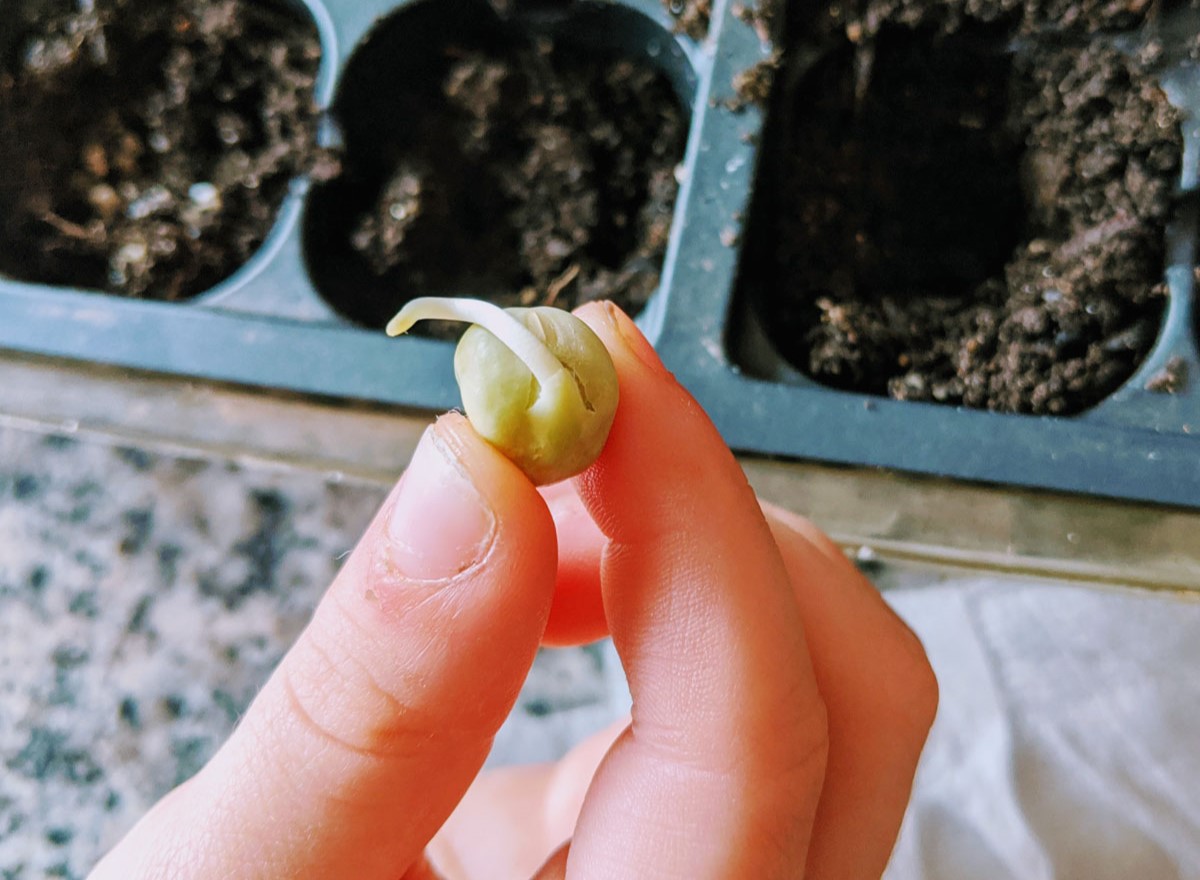

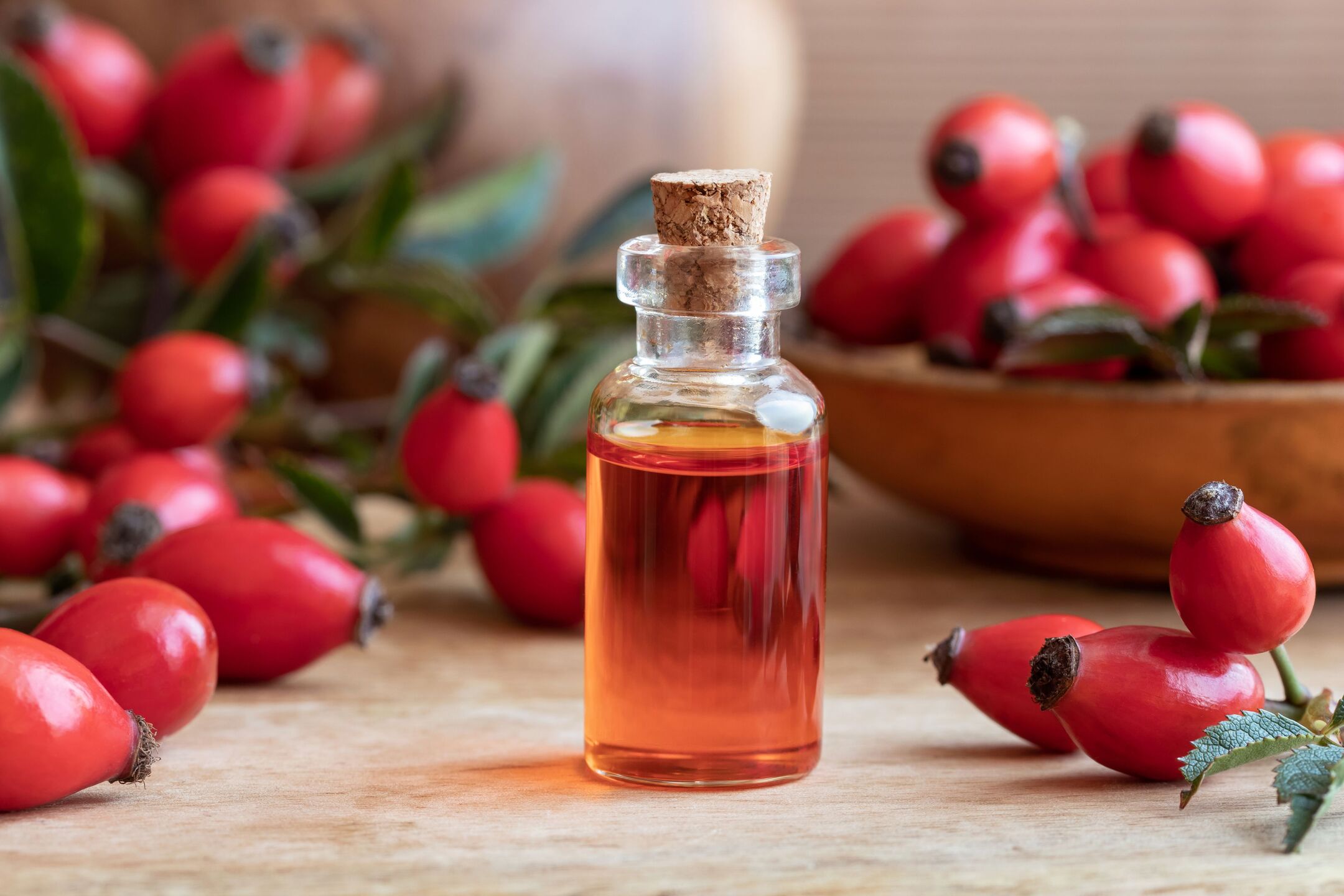



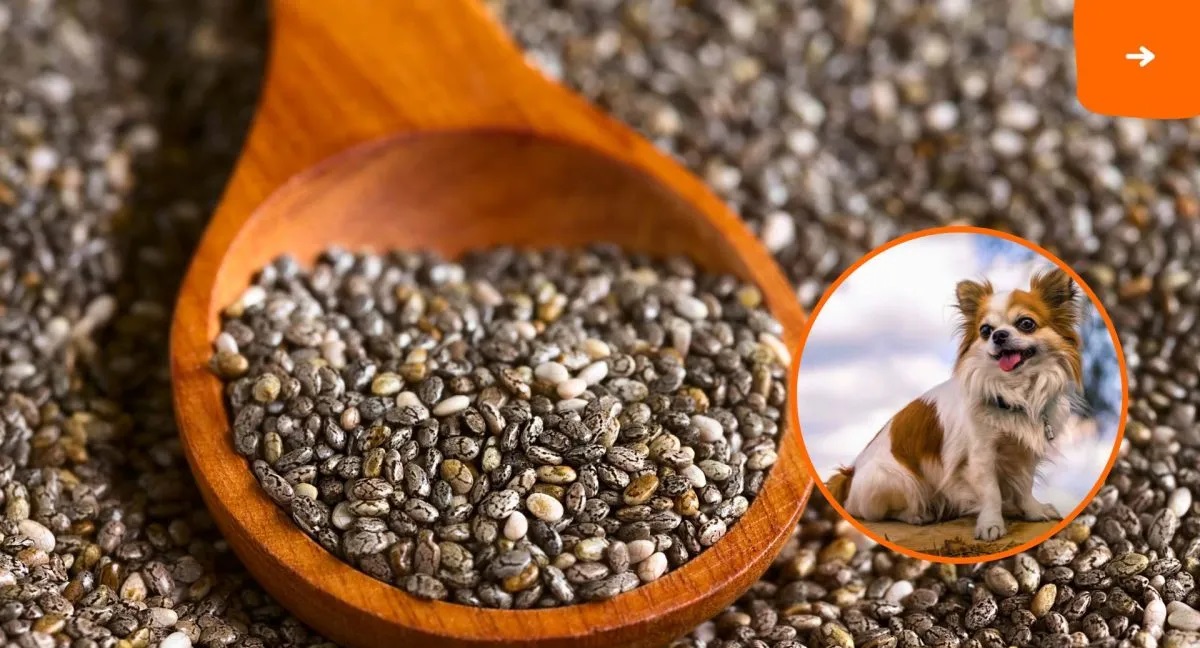

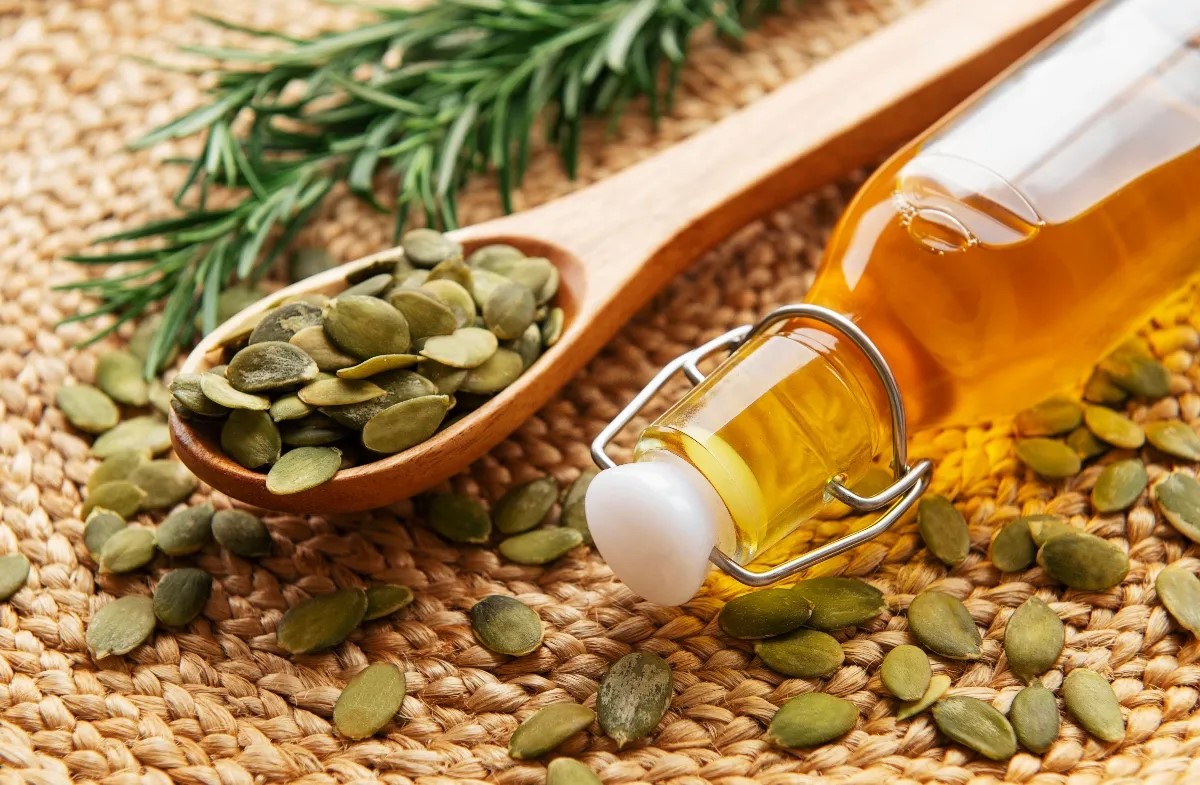
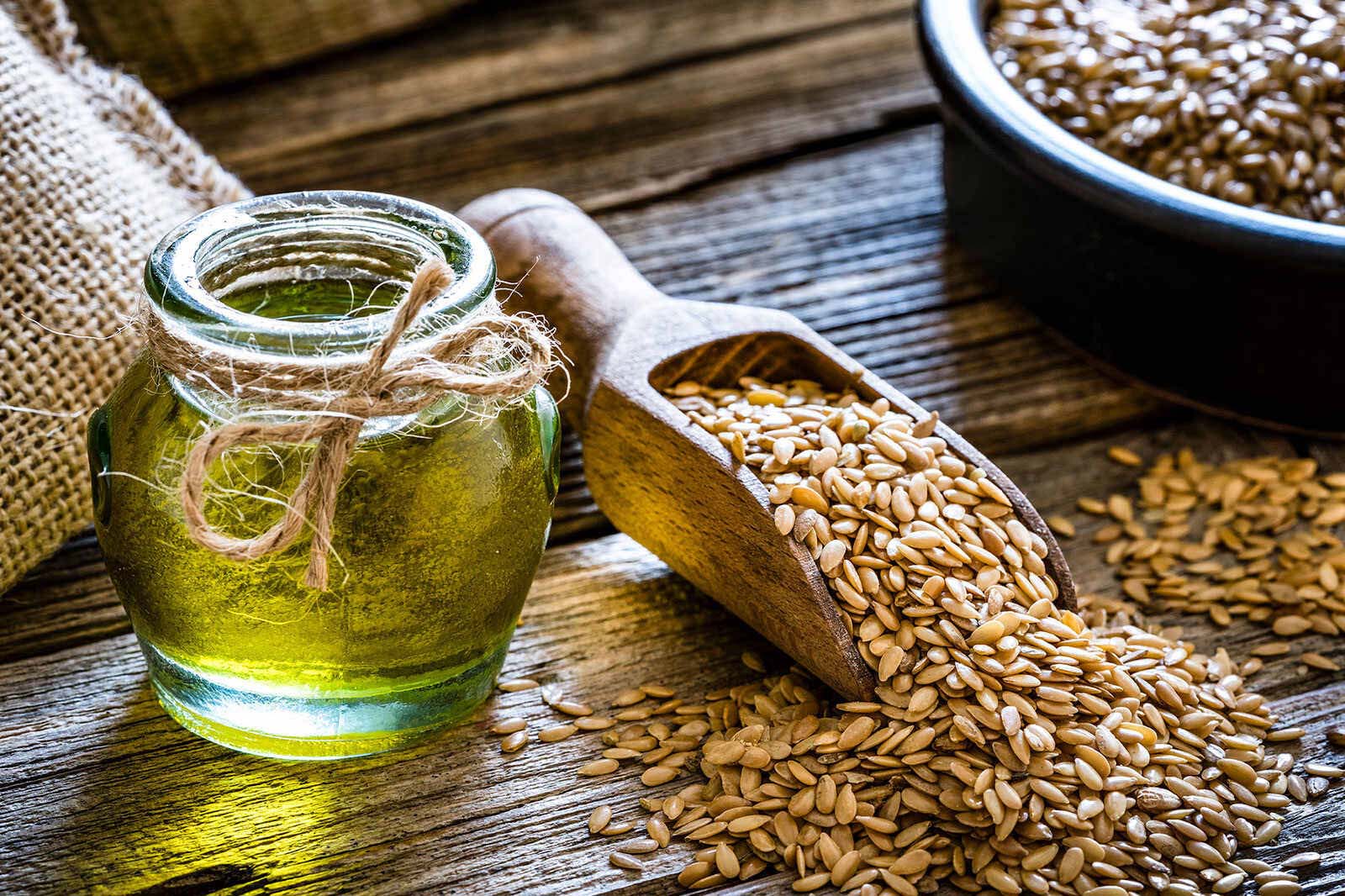
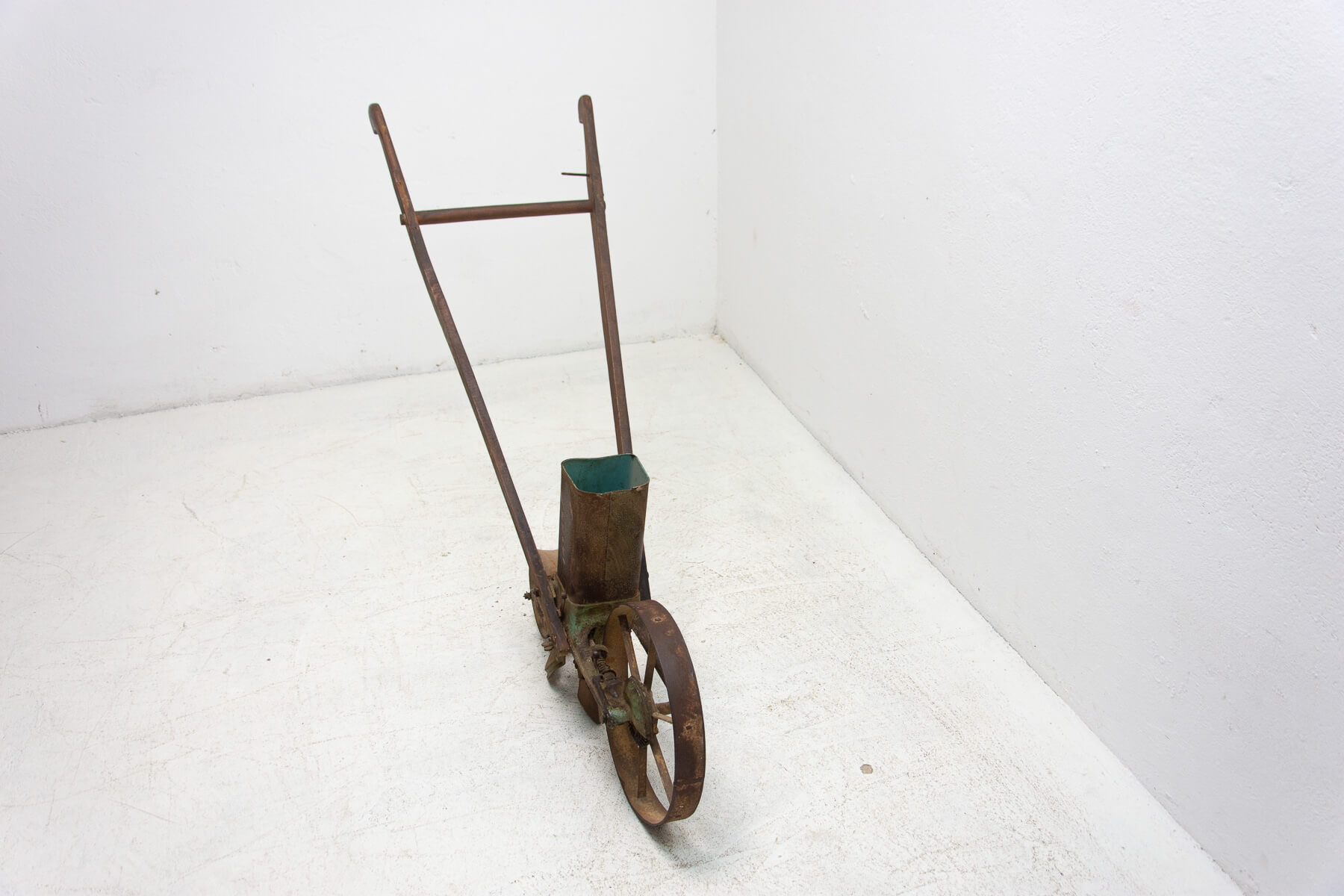
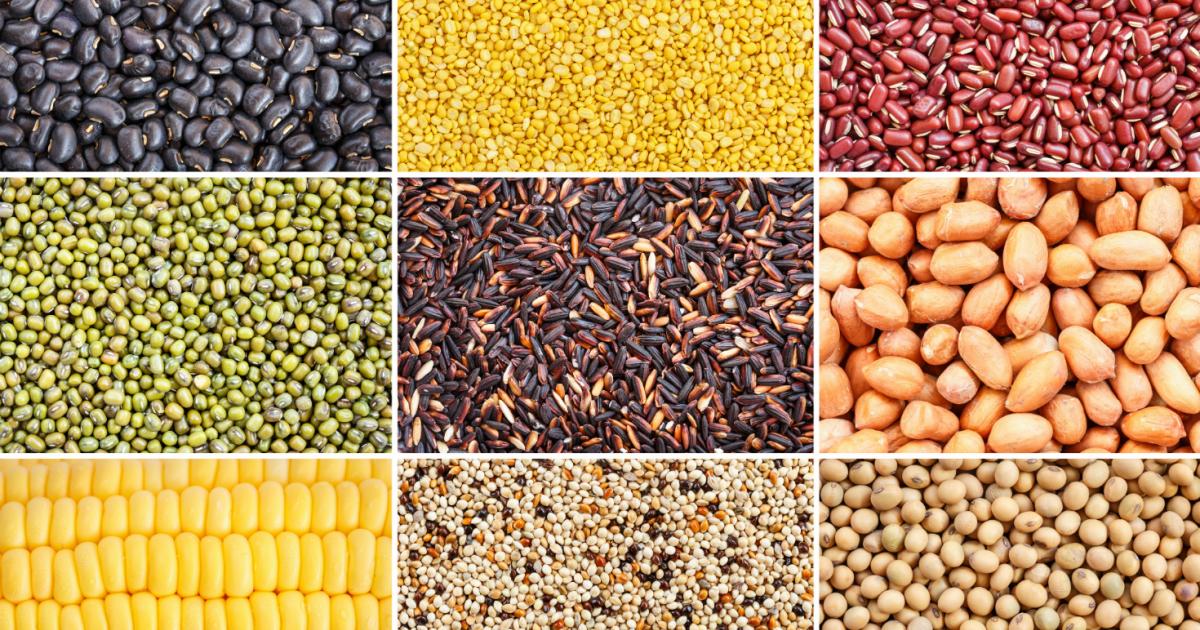

0 thoughts on “What Does The Seed Drill Do”